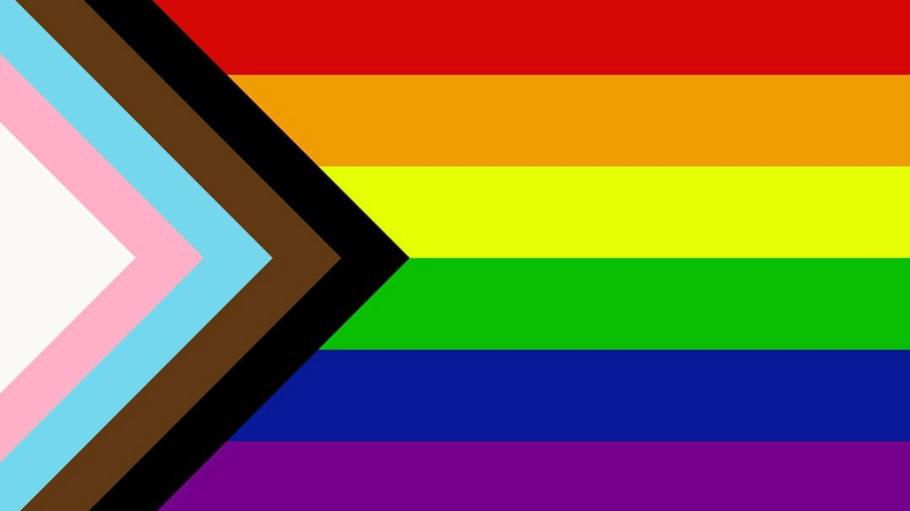You are welcome here!
George Brown College is committed to creating equitable, inclusive and safe learning, working and living environments for all Two-Spirit, Lesbian, Gay, Bisexual, Transgender, Queer, Intersex and Asexual (2SLGBTQIA+) members of our community.
We recognize the inherent dignity and worth of every person and believe that every member of the College community should experience a learning and work environment that is free from Transphobia, Homophobia, and Biphobia for students and employees.
Human Rights
In alignment with the Ontario Human Rights Code, the George Brown College Human Rights Discrimination & Harassment Policy specifically prohibits discrimination and harassment on the basis of the following Code Grounds:
- Sex
- Gender Identity
- Gender Expression
- Sexual Orientation
The George Brown College Sexual Harassment and Sexual Violence Policy also prohibits sexual harassment-related to these same grounds.
Have you experienced Homophobia, Transphobia or Biphobia? If so, please connect with the Office of Anti-Racism, Equity and Human Rights Services at diversity@georgebrown.ca. We can help individuals understand their options, provide referrals for further support, and receive reports and complaints related to human rights violations and/or sexual violence.
Important Policies

George Brown Policies
Provincial Policies
2SLGBTQIA+ inclusion at GBC
Learn more about ways to support our 2SLGBTQIA+ community
- Chosen/Preferred Name Process
- Training & Education
- References & Resources
- Student Networks & Clubs
- Raising the Pride Flag
Chosen/Preferred Name Process
All George Brown students and employees who commonly use a name other than their legal first name can access a self-serve process on Stu-View to make sure their correct name will be displayed. This process will change the first name that is displayed across Stu-View, Brightspace, Email, and in Microsoft Office applications. However, this process will not alter a student's name where a legal name is required for business practices and legal requirements, including official records issued by the College like transcripts, confirmation of enrolment, financial records, and credentials.
- Students can learn more from the Registrars Office
- Employees can learn more on GBCommunity, or can check out the employee FAQs
How do I change my preferred name?
Students will need to log into their Stu-view account, select the 'Personal Information' tab, and select 'Preferred First Name', where a fillable field will allow them to enter a name of their choosing. Once this information is entered, it will be directed to the Office of the Registrar and within 2-3 business days, will be updated on the student record. Once a request has been processed, an email will be sent to your George Brown College email confirming the change.
Please note that name change submissions may be modified or cancelled at the discretion of the College.
Training & Education
George Brown currently offers 2SLGBTQIA+ Awareness training to employees and students at regular intervals and upon request.
Using multimedia and lecture, this learning session provides education on the gender and sexuality spectrum including: terminology, concepts and anti-oppression principles. It offers an opportunity to learn practical approaches and tools for: integrating/utilizing gender/sexuality diverse language and etiquette; and tools to identify and challenge homophobia/ transphobia in classroom and public spaces in the GBC community.
- Employees can self-register for this monthly training on Cornerstone
- Students can attend sessions during Student Orientation for each semester, and at other events throughout the year
- Groups of students or employees, such as clubs or departments, who are interested in arranging training can send requests to diversity@georgebrown.ca
References & Resources
The 519 Glossary of Terms
A City of Toronto agency, The 519 is dedicated to the health, happiness and full participation of 2SLGBTQIA+ communities. They have created a glossary of terms with definitions related to their communities. This is a great resource that The 519 hopes will facilitate "shared understanding around equity, diversity, inclusion and awareness."
Gender-Specific and Gender-Neutral Pronouns
This resource from The 519 outlines important information about Gender-Specific and Gender-Neutral pronouns and about how to create authentic spaces.
Human Rights Information and Resources
Learn more about how George Brown is ensuring that every member of its community experiences and contributes to an understanding and respectful study and work environment free from discrimination and harassment.
Sexual Harassment and Sexual Violence Information and Resources
We have a responsibility to do our part to change the conversation towards ending sexual assault and sexual violence. See what George Brown is doing to support survivors.
2SLGBTQIA+ 101 Summary
Check out this resource from the Office of Anti-Racism, Equity and Human Rights Services that includes key terminology, key concepts, information about pronouns, and tips for inclusive language.
Student Networks & Clubs
Check out this list of Student Networks and Clubs to find a group to join, or learn how to start your own.
Raising the Pride Flag
George Brown College marks Pride Month with the raising of the Pride flag. Changes were made to the Pride flag in 2018 to represent Black and Indigenous people. Chris McGrath, George Brown College’s Vice President, Student Success explains:
"The black and brown bands were added to the Pride flag in 2018 (40 years after the flag was first conceived) to represent people of colour, specifically Black people and Indigenous people, whose voices and experiences are not always included or reflected in celebrations of Pride. This discussion became more prevalent in 2020 due protests against anti-Black racism that began in the United States and spread around the world, and because June marks Indigenous History Month in Canada. The inclusion of the black and brown bands then represent the intersectionality (coined by Kimberlé Crenshaw in 1989) of the experiences of queer people – that social injustices are not suffered independently along lines of sexual orientation, race or Indigenous background, but instead that they occur as a single experience for people with multiple identities and who experience overlapping systems of oppression."
